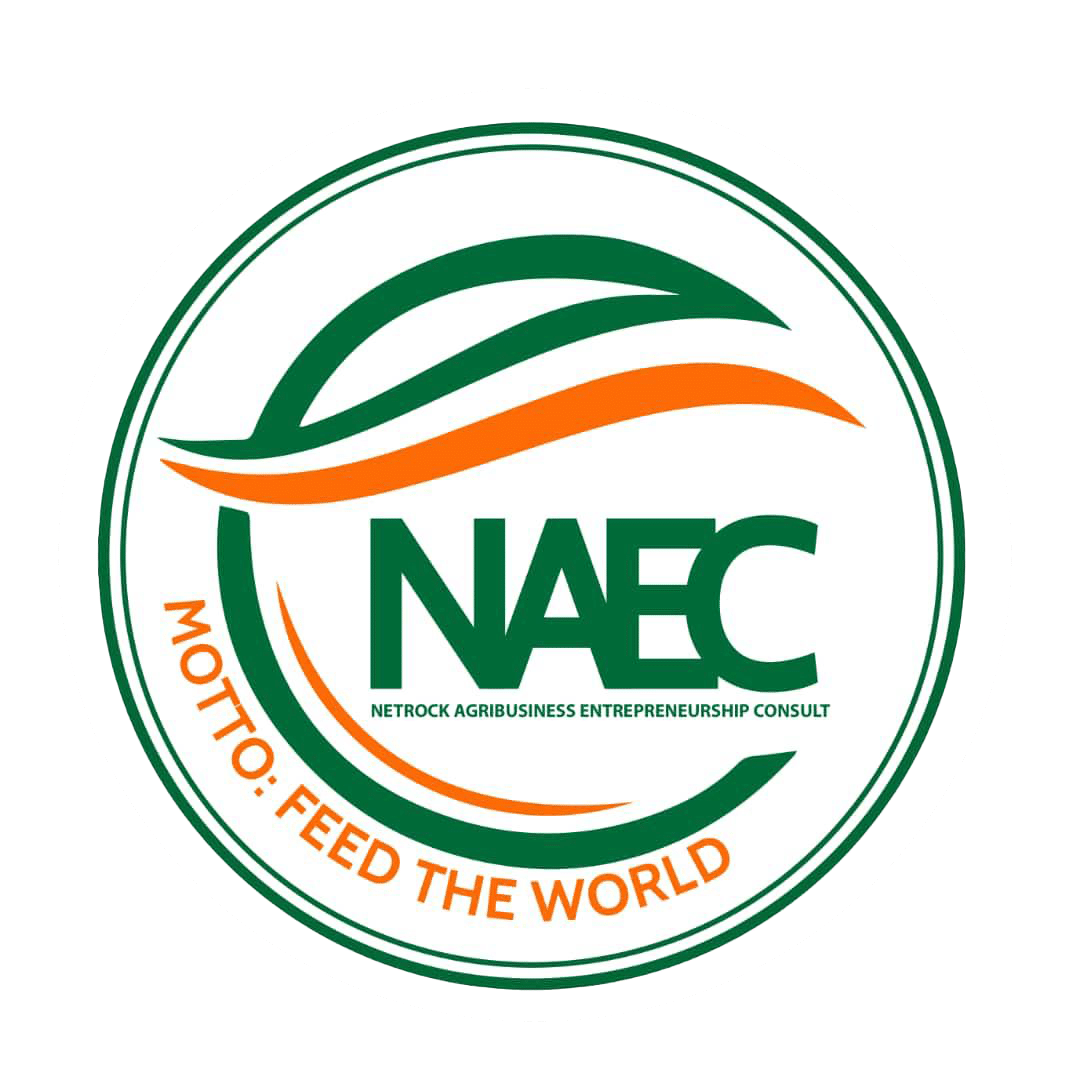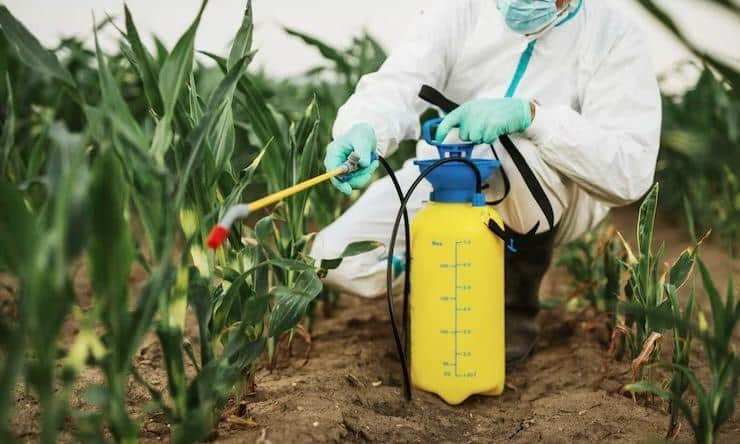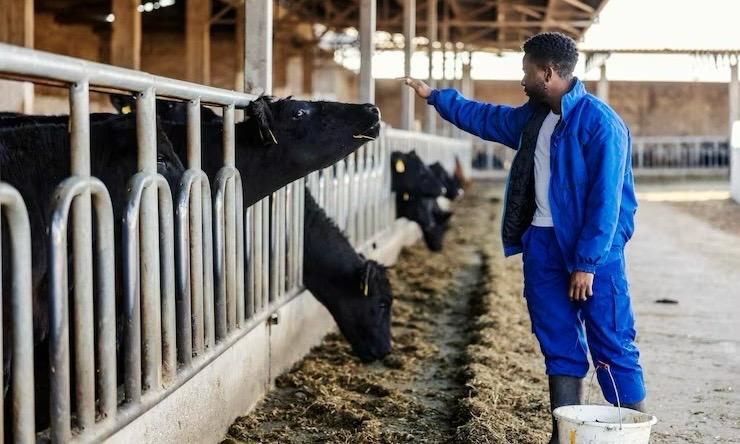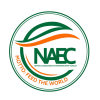Top 5 Eco-Friendly Farming Techniques for Farmers
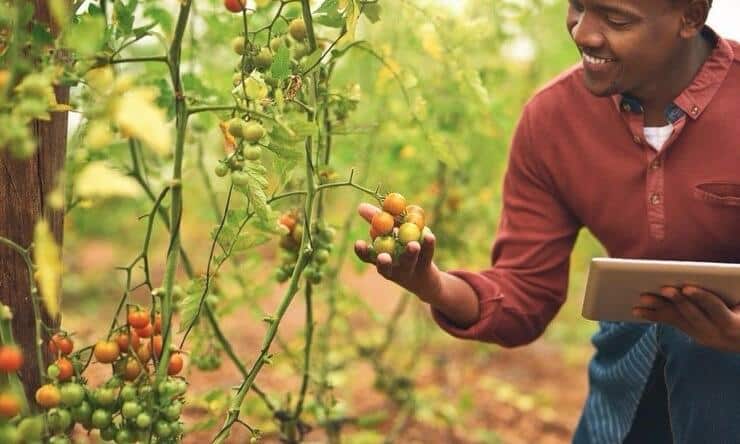
As the global population grows, farmers face the challenge of producing more food while preserving the environment. Eco-friendly farming techniques offer sustainable solutions that protect natural resources and ensure long-term productivity. Here are the top five eco-friendly farming techniques every farmer should consider:
1. Conservation Tillage
Conservation tillage minimizes soil disturbance, helping to protect soil health and reduce erosion.
Benefits:
Preserves soil structure and organic matter.
Reduces water runoff and improves moisture retention.
Lowers greenhouse gas emissions by reducing machinery use.
How to Implement: Use tools like no-till or strip-till equipment to plant crops directly into undisturbed soil.
2. Agroforestry
Agroforestry integrates trees and shrubs into agricultural landscapes to create a more diverse and resilient ecosystem.
Benefits:
Provides shade, windbreaks, and habitat for beneficial wildlife.
Improves soil fertility through nitrogen-fixing plants.
Reduces carbon footprint by sequestering carbon in trees and soil.
How to Implement: Plant trees along field borders, intersperse crops with trees, or use alley cropping techniques.
3. Crop Rotation and Diversification
Rotating crops and growing diverse varieties reduce the risk of pest infestations and improve soil health.
Benefits:
Prevents nutrient depletion in soil.
Breaks pest and disease cycles naturally.
Enhances biodiversity and ecosystem stability.
How to Implement: Alternate crops with different nutrient needs or growth habits each season. Incorporate legumes to fix nitrogen in the soil.
4. Organic Farming Practices
Organic farming avoids synthetic chemicals and focuses on natural inputs for crop production.
Benefits:
Promotes healthier soil and water by avoiding chemical runoff.
Supports biodiversity and pollinator populations.
Enhances the market value of products through organic certification.
How to Implement: Use compost, manure, and biofertilizers. Employ natural pest control methods like neem oil or beneficial insects.
5. Integrated Pest Management (IPM)
IPM combines biological, cultural, mechanical, and chemical practices to manage pests sustainably.
Benefits:
Reduces reliance on harmful pesticides.
Minimizes damage to non-target organisms and ecosystems.
Lowers long-term pest control costs.
How to Implement: Monitor pest populations and use targeted solutions like introducing predator species, crop rotation, and selective pesticide application.
The Future of Farming
Eco-friendly farming techniques benefit both farmers and the environment. By adopting these practices, farmers can ensure sustainable production, conserve natural resources, and meet the growing demand for food responsibly. Embracing these methods contributes to a healthier planet and secures farming livelihoods for generations to come.
